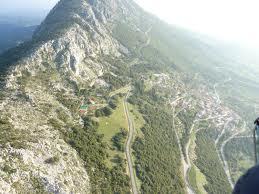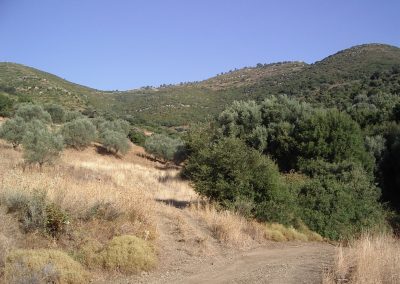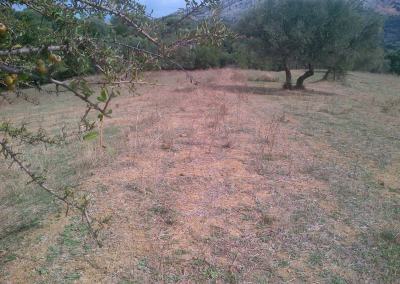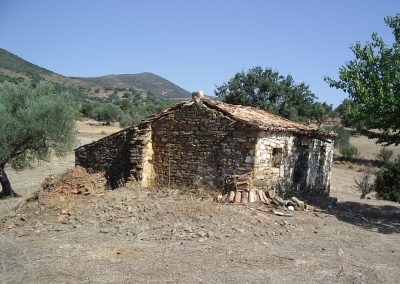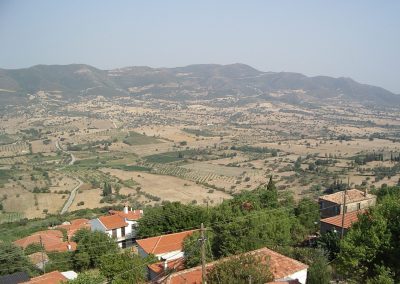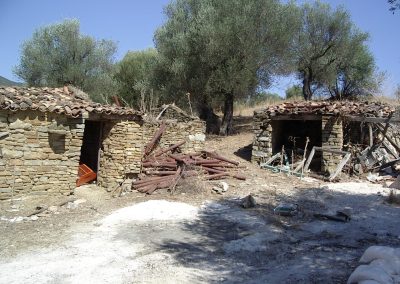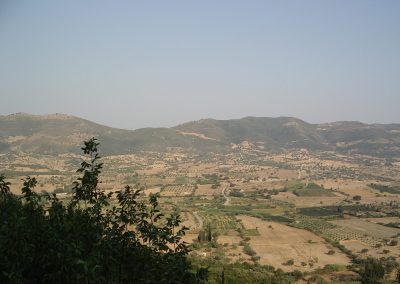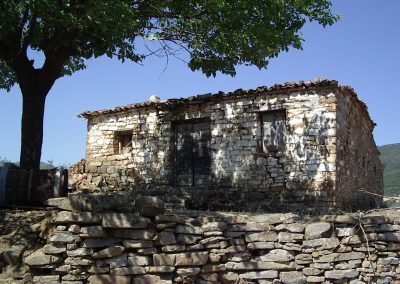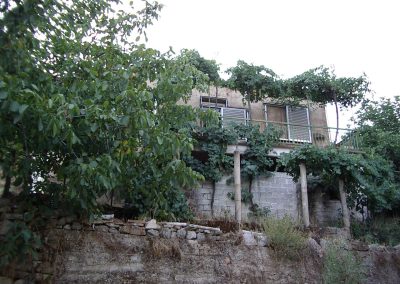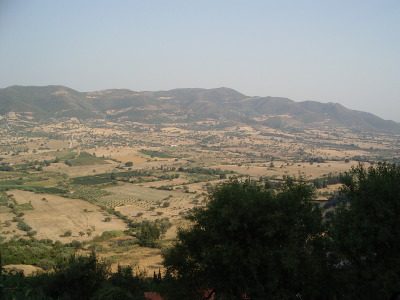
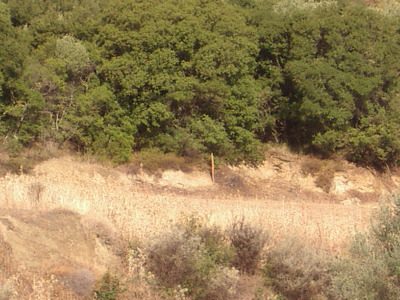

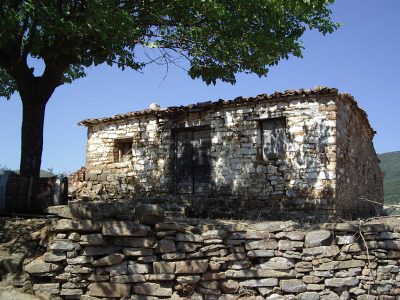
Olive Oil Cold-Press Extraction Process
Santomeri Oil is organic, 100% extra-virgin and cold-pressed. Our sizes come in 500 ml,1.75 ml or 17 liters.
The word “virgin” refers to how the olives have been pressed when extracting the oil, meaning that there were no heat or chemicals used in the process. To get the best health benefits it is better to buy 100% extra-virgin olive oil as they contain the highest levels of polyphenols antioxidants. Cold pressed means that the oil was not heated above 27 °C (80 °F), which allows the oil to retain more nutrients.
- Harvesting of olives. Because Santomeri region is a mountainous region, we use harvestors with gliders to reach the highest placed olive trees. This is hard work.
- Because Santomeri Oil is cold-pressed, we press the olives in steel drums which is the modern method. The olives are crushed into a paste by the steel drums.
- The olive paste is churned for 30 to 60 minutes to allow olive drips to accumulate.
- The next step is to pump the paste into an industrial decanter where oil, solids and vegetation water will be seperated. Because this process is cold-pressed, there is no heat added.
- The resulting oil is then passed once through a filter to seperate the organic material. Again this is done without heat as this is a cold-pressed method.
Santomeri Extraction Process

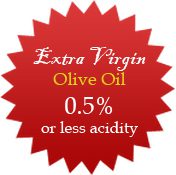
Location
Santomeri is a village in the municipal unit of Olenia, Achaea, Greece. It is located on the northern end of Mount Skollis, 5 km north of Portes, 18 km south of Kato Achaia and 32 km southwest of Patras. In 2001 Santomeri had a population of 306 for the village and 477 for the community, which includes the villages Ampelakia and Polylofo.

